Description
INTRODUCTION ABOUT DURATAZ 1.125GM INJECTION
DURATAZ 1.125GM INJECTION is a combination of Piperacillin and Tazobactam which belongs to the group of medicines called Antibiotics. It is used to manage several bacterial infections such as lower respiratory tract infections such as pneumonia, acute bacterial exacerbation causing breathing difficulties, urinary tract infections, pyelonephritis, skin infections, abdominal, biliary tract infections and female pelvic infections such as postpartum endometritis or pelvic inflammatory disease, bacteraemia, and bacterial meningitis in infants and children.
It is also used along with other antibacterial agents in the management of neutropenic caused by bacterial infection.
Pneumonia is an infection which causes inflammation in the air sac producing cough with phlegm and shortness of breath. Pyelonephritis is a urinary tract infection affecting the urinary bladder later gets spreads to the kidneys. Bacteraemia is an infectious condition indicating presence of bacteria in the blood stream.
Bacterial meningitis is an infection caused by bacteria in the region surrounding the brain. Neutropenic is low levels of neutrophils (a type of white blood cells) in our body.
Kindly inform your doctor or your health-care professional before any laboratory tests as DURATAZ 1.125GM INJECTION will interact with medical investigations. Inform your doctor if you are allergic to any antibiotics or other medicines.
DURATAZ 1.125GM INJECTION should not be used in patients allergic to penicillin antibiotics, cephalosporin, and other beta-lactam antibiotics.
DURATAZ 1.125GM INJECTION should be used with caution in patients with pre-existing diarrhoea, low potassium levels, kidney, and liver diseases.
Avoid concomitant use of other aminoglycoside antibiotics and vancomycin along with this medicine.
DURATAZ 1.125GM INJECTION should be used with caution in pregnant and breast-feeding women. DURATAZ 1.125GM INJECTION should be used with caution in children above 2 months and in elderly people. Your doctor will administer the right dose depends on your child’s age, body weight and severity of the infection.
The common side effects of DURATAZ 1.125GM INJECTION are diarrhoea, yeast infection, headache, sleeplessness, stomach pain, vomiting, nausea, constipation, skin rash, itching, fever, and injection site reaction.
USES OF DURATAZ 1.125GM INJECTION
It is used to manage the following infections:
- intra-abdominal infection such as appendicitis and peritonitis
- skin and skin structure infection such as cutaneous abscesses, cellulitis, diabetic foot
- female pelvic infections such as postpartum endometritis or pelvic inflammatory disease
- lower respiratory tract infection such as community-acquired pneumonia, and ventilator-associated pneumonia
- bacterial septicaemia
HOW DURATAZ 1.125GM INJECTION WORKS
DURATAZ 1.125GM INJECTION works by destroying the bacterial growth responsible for causing infections. Piperacillin works by interrupting the cell wall formation by binding with the enzymes responsible for cell wall synthesis. This binding causes defects in the cell wall leading to cell death causing death of the organism. Tazobactam is responsible for the irreversible termination of enzymes (beta- lactamases) that protect the organism from antibiotics and produces less anti-bacterial actions when given alone so it’s always used in combination with other antibiotics. Thus, both the substances works by managing cell growth and function inhibiting bacterial growth.
DIRECTIONS FOR USE
DURATAZ 1.125GM INJECTION will be administered into the vein (intravenously) by your doctor or nurse. Your doctor will administer the correct dose and duration for you depending upon your age, body weight and disease condition.
SIDE EFFECTS OF DURATAZ 1.125GM INJECTION
COMMON
- diarrhoea
- yeast infection
- headache
- sleeplessness
- stomach pain, vomiting, nausea, constipation
- skin rash, itching
- fever, injection site reaction
UNCOMMON
- low blood pressure
- inflammation of the veins
- skin redness, skin lesions
- joint and muscle pain
- chills
- hypokalaemia, breathing difficulty
- abnormal lab investigations
RARE
- lack of white blood cells (agranulocytosis), bleeding nose
- serious infection of colon
- inflammation of inner lining of mouth
- peeling of skin
Contact your immediately if you experience any of the following side effects after receiving DURATAZ 1.125GM INJECTION
- serious skin rashes appear as reddish target-like spots or circular patches often with blisters,) ulcers in mouth, throat, nose, extremities, genitals red and swollen eyes (Stevens-Johnson syndrome, dermatitis bullous, dermatitis exfoliative, toxic epidermal necrolysis)
- a potentially fatal allergic condition (drug reaction with eosinophilia and systemic symptoms) involving skin and other organs such as the kidney and liver
- skin condition (acute generalised exanthemata’s pustulosis) symptoms include numerous tiny fluids filled blisters with swollen and reddened skin
- swelling of the face, lips, tongue or other parts of the body, shortness of breath, wheezing or trouble breathing (angioedema)
- yellowing of the eyes or skin (jaundice)
- convulsions
- decrease in blood cells
- severe diarrhoea with fever
HOW TO MANAGE SIDE EFFECTS
Diarrhoea:
Drinking plenty of water and other electrolyte balanced fluids. Make sure to hydrate throughout the day. Do not consume any medicine on your own without consulting your doctor. If the symptom does not improve, contact your doctor.
Headache:
Take some rest, in a quiet place avoid using user mobile phones and other electronic devices for a while. Drink enough amount of water, dehydration may lead you to develop a headache. If the symptom does not improve, contact your doctor.
Nausea or Vomiting:
Drink clear or ice-cold drinks. Eat light, bland foods. Avoid fried, greasy, or sweet foods. Eat slowly and eat smaller, more frequent meals, drinking gradually larger amounts of clear liquids, avoid solid food until the vomiting episode has passed, take rest. If the symptom does not improve, contact your doctor.
Stomach pain:
Some diet and lifestyle changes can help with stomach pain. Eat smaller portions of meal. Chew your food well and eat slowly. Avoid foods that cause gas or indigestion. Avoid consumption of alcohol and caffeine.
Inflammation at injection site:
Try using warm water compress to reduce swelling. Keeping the affected area elevated can help reduce the swelling. Not applying pressure to the affected area will help reducing pain and managing further damage.

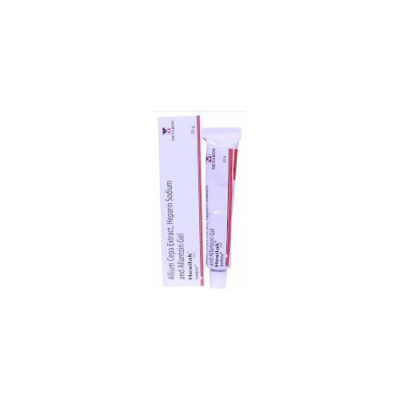
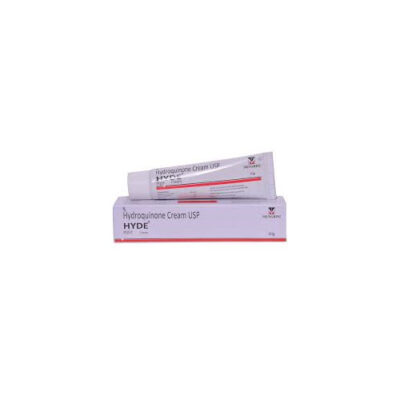
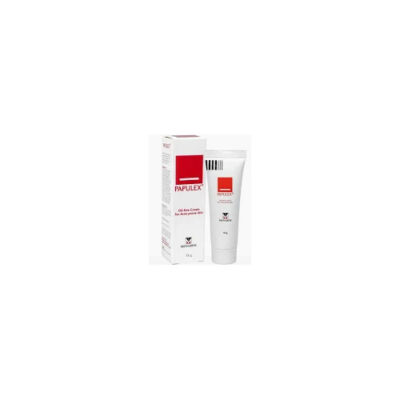
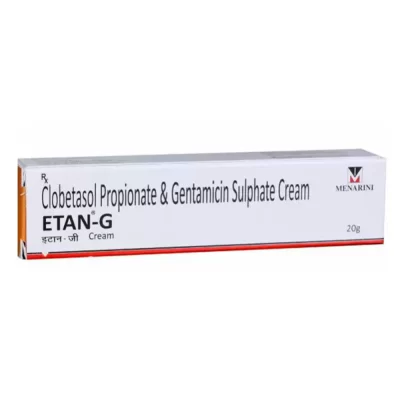
Reviews
There are no reviews yet.